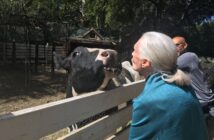You might be familiar with Gombe as the famed location of Dr. Jane Goodall’s earliest discoveries on chimpanzee behavior and the 60 years of ongoing research through the Jane Goodall Institute – but did you know that it is home to a wonderful variety of other species as well? This Holiday Season, we’re celebrating 12 incredible animals that call Gombe home. Learn more about them and sing along!
12 wagtails wagging
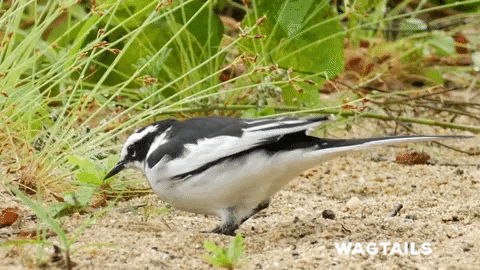
Wagtails are ground-feeding birds that feed on insects, and get their name from their near constant tail wagging!
11 baboons playing
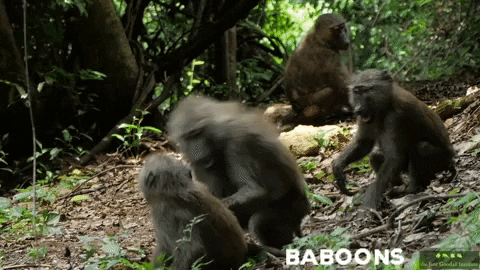
Baboons in Gombe have been studied for almost as long as we’ve been studying chimpanzees. There are many communities around the different research sites with new generations born frequently. Baboons are very adaptive and can often try to get into trouble exploring for their next meal.
10 monkeys leaping
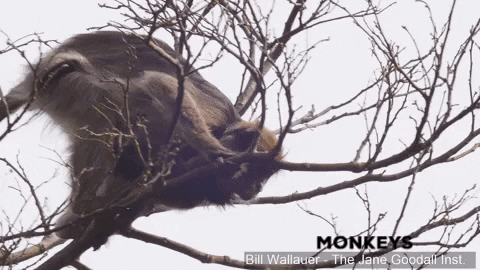
There are several kinds of monkeys in Gombe, with some fascinating observations happening right now regarding hybridization. Monkeys are an important part of the ecosystem in Gombe and can be found roaming through the treetops feeding on leaves, fruit and insects.
9 beetles rolling
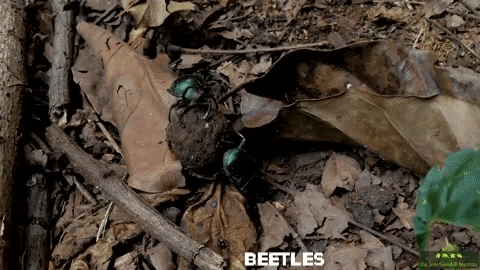
Dung beetles are some of the most amazing creatures in Gombe. They feed on feces and first roll the feces into spheres by standing on their front legs and moving in reverse across the ground.
8 weavers weaving
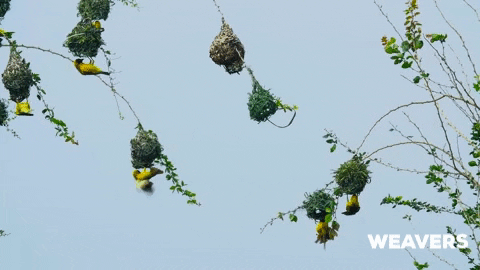
Weavers are another species of bird in Gombe. They are related to finches and feed on predominantly seeds.
7 cuckoos calling
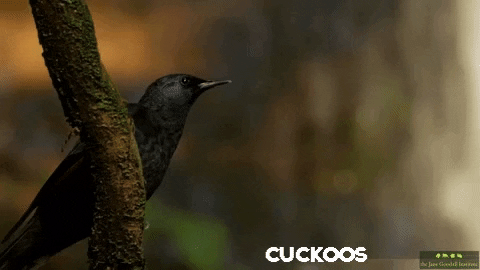
Cuckoos are medium size birds that fly similarly to birds of prey. They get their names from their call – the call of the male is a “coo-coo” with the second note higher and louder than the first. The female makes a sound that sounds similar to a “Kwik-kwik-kwik”.
6 kuhe swimming
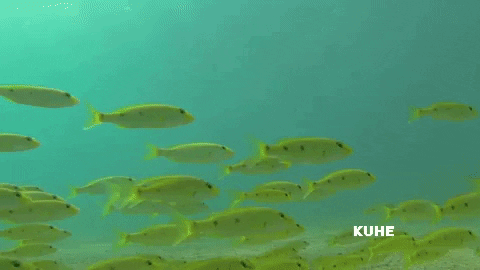
Kuhe are the largest cichlid fish in the world. In Lake Tanganyika, the second largest fresh water lake in the world, they swim around in crystal clear water
5 CHIMPANZEEEEEEEEEEES
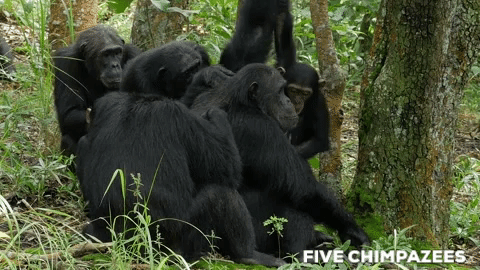
Chimpanzees – the most well known of the species in Gombe, are an essential part of their ecosystem. Great apes are often referred to as forest architects, as what they consume when they excrete plants the seeds that help grow the trees and other plants of their habitats. Chimpanzees in Gombe were first studied by Dr. Jane Goodall in 1960 – a study that has been continuing for 60 years and is now the longest running wild chimpanzee study in the world. Support ongoing research by becoming a Gombe Science Hero today.
4 tinkerbirds
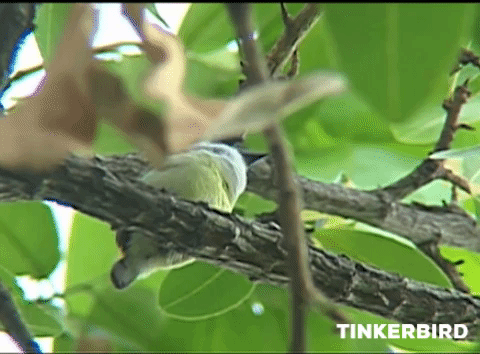
Tinkerbirds are usually found in forests and scrub. Their call is a fast tink-tink-tink-tink.
3 hawkmoths
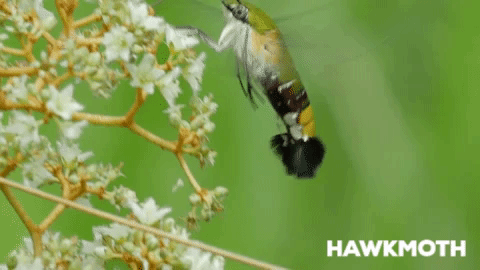
Hawkmoths are a large species of moth found in Gombe. They are quite beautiful and are known for their special ability to move rapidly from side to side mid-air, a move known as “swing-hovering” or “side-slipping”. It is believed to have evolved as a way to avoid ambush predators that wait in the flowers they come to feed on.
2 bush pigs
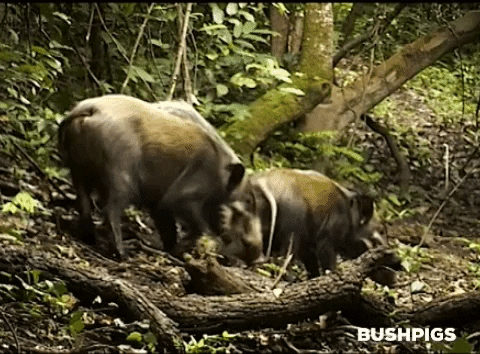
Though bushpigs may look like an average pig, they are a very different kind of wild animal. They are mainly nocturnal and have short, sharp tusks. They are quite social animals and they have been observed to begin play fighting almost from the moment of birth!
AND
1 red tail in a fig tree!
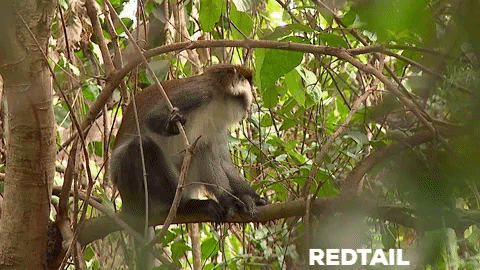
Red tail monkeys are some of the most magical in Gombe. They get their name from their easily distinguishable long red tail. Gombe researcher Kate Detwiler has been studying red tails and blue tails to discover more about hybrids in the area. According to Detwiler red-tailed monkeys already existed in Gombe National Park when male blue monkeys entered the region in search of a new home. The female red-tails, in a very rare occurrence, mated with the male blue monkeys, even though they are a different species.
Become a Gombe Science Hero
Want to learn more fascinating and exclusive behind the scenes insights about Gombe and support the longest running wild chimpanzee study in the world? Become a Gombe Science Hero today!

The Jane Goodall Institute is a global community conservation organization that advances the vision and work of Dr. Jane Goodall. By protecting chimpanzees and inspiring people to conserve the natural world we all share, we improve the lives of people, animals and the environment. Everything is connected—everyone can make a difference.









